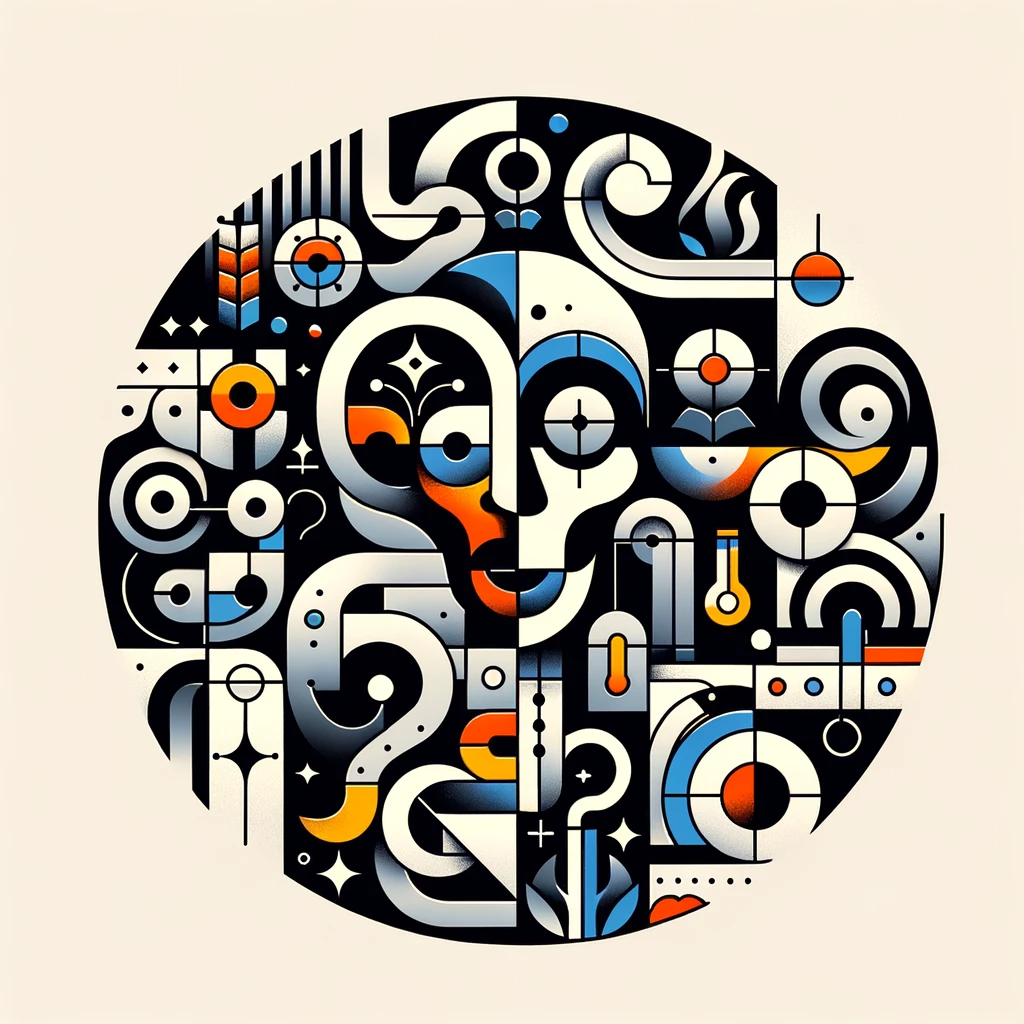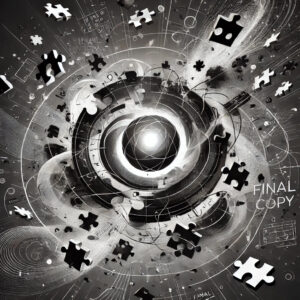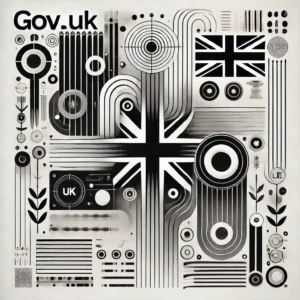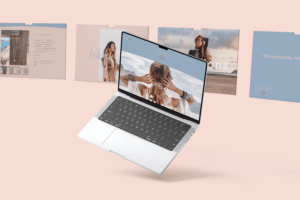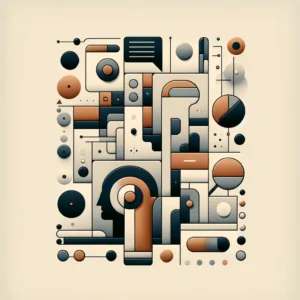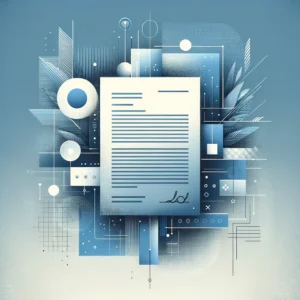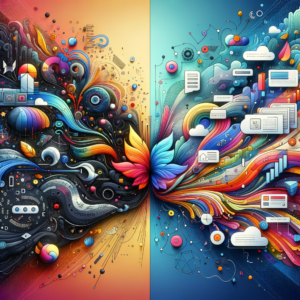Intro
Let’s address the elephant in the room, or should I say, one of the trendiest issues in the Figma community: the big question of whether to transform your workflows into variables and tokenize everything? Let’s get to it 💪
Let’s begin with a hard to swallow pill: VARIABLES ARE IN BETA. This isn’t just a heads-up; it’s a flashing neon sign. While incorporating variables into your organisational flow can feel like stepping into the future, remember, it’s a future that’s still under construction. If you decide to embark on this journey, pack your patience. Future updates may turn today’s solutions into tomorrow’s headaches. But hey, who doesn’t love a bit of adventure?
Pros and Cons
First of all, do not feel bad for not using variables yet. I know you have seen all those Figma tutorials, and read tones of Medium articles and 10 reels about the subject. It is ok, do not worry. Maybe for other people variables work fine, but it does not mean it has to work for you at this very moment.
But before discarding Variables and Tokens, let’s see 5 reasons why you should be using them:
- Consistency Across Platforms: Tokenization ensures that design elements remain consistent across different platforms and devices. This uniformity is crucial for maintaining brand identity and user experience, regardless of where or how the user interacts with your product.
- Efficient Collaboration: By tokenizing design elements, UX designers can streamline communication with developers. Tokens act as a shared language, reducing misunderstandings and speeding up the development process.
- Scalability: As projects grow, managing design elements manually becomes impractical. Tokens allow for scalability, making it easier to add or modify design elements across a large system without having to update each instance individually.
- Rapid Prototyping and Iteration: Tokenization enables designers to quickly prototype and iterate designs. Changes to a token propagate throughout the entire system, allowing designers to test and modify designs more efficiently.
- Accessibility and Inclusivity: Tokenization can help maintain accessibility standards. By standardizing colors, fonts, and other elements, designers can ensure that these crucial aspects of UX design remain consistent and adhere to best practices for accessibility.
So yes, tokens are extremely helpful but maybe… They are not for you? Here some reasons on when you should not be using them:
- Complexity for Smaller Projects: For smaller or less complex projects, the overhead of setting up and managing a tokenized system might not justify the benefits. It can introduce unnecessary complexity where a simpler approach would suffice.
- Learning Curve and Resource Investment: Implementing a token system requires a learning curve and an investment in time and resources. This can be a blocker, especially for teams with limited time or budget constraints.
- Rigidity in Design Flexibility: Tokenization can sometimes lead to rigidity, limiting a designer’s ability to customise or experiment with unique design elements that fall outside the predefined tokens.
- Over-Reliance on System Constraints: There’s a risk of becoming overly reliant on the constraints of the token system, potentially stifling creativity and innovation in design.
- Potential for Misalignment with Development Practices: If the development team is not on board or familiar with using tokens, it can lead to misalignment between design and development, negating some of the key benefits of tokenization.
An element to start conversations
Variables and tokens were made to make cross-department collaboration smoother. If your developers aren’t using tokens, don’t go rogue and implement them solo. Collaboration is key. Start a dialogue, not a monologue. It’s about co-creating, not dictating. This could be the golden opportunity to bridge gaps and spark those broader collaboration conversations. If you haven’t already laid this foundation, now’s your chance.
Look and them as a bridge, creating a common language that both designers and developers can understand and use effectively. This shared language is essential in reducing miscommunications and misunderstandings that often arise from the different terminologies and perspectives inherent in these two fields. This system ensures that both designers and developers are always working with the most current and consistent elements, thereby maintaining a unified approach to the product’s look and feel.
Yet it’s completely fine if you haven’t jumped on the variable bandwagon yet. Remember, just because variables are the new kids on the block doesn’t mean they fit into your neighborhood right now. You’re not less of a designer if your palette doesn’t read colour/grey/50 linked to surface-primary. Design is an art, not a race.
So…How can I start with tokens?
Let’s face it: aligning the worlds of design and development can sometimes feel like trying to mix oil and water. It’s a challenging journey, often fraught with miscommunications and misunderstandings. But what if there was a way to not just mix, but merge these two worlds harmoniously? And now you have decided to enter it. So, buckle up and let’s take the journey step by step:
- Kickoff with Collaboration: The journey begins with a simple yet crucial step – bringing together the minds of crucial stakeholder from both the design and development teams. This initial meeting is more than a formal introduction; it’s setting the stage for mutual understanding and shared goals. Here, it is established the common language that will underpin the token system.
- Conduct a Needs Assessment: Before diving in, you need a map. Conduct a thorough analysis of your current processes to pinpoint what elements will benefit most from tokenization. Colours, typography, spacing – these are just a few of the candidates for standardisation. Understanding your needs is the compass guiding our token creation.
- Define the Token Structure: Now, it’s time to define your token structure. This is where clarity meets creativity. Token names should be descriptive and intuitive. A colour isn’t just ‘blue’; it’s ‘primaryButtonBackground’ – a name that tells its story at a glance.
- Develop the Tokens: Once you have your structure, start creating the tokens. This typically involves translating design specifications into a format that can be used across different platforms and tools. Designers and developers should work closely during this phase to ensure that the tokens are both accurate and functional. Close collaboration is key here; it’s a partnership in every sense.
- Choosing Your Toolbox: A craftsman is only as good as their tools, and the same goes for token systems. Select a management tool that integrates seamlessly into your workflow, whether it’s a native design tool, a version control system, or a custom solution. Some examples are: Figma, Zeroheight or Tokenstudio, among many others.
- Document Everything: Good documentation is like a good story; it captivates and educates. Document every aspect of your token system – from usage guidelines to naming conventions. This is your team’s handbook, the guide to navigating your newly tokenized world.
- Educate to Empower: Knowledge is power, and training is its conduit. Ensure that everyone knows how to use the tokens within their respective tools and workflows. Training should also cover the process for proposing changes or additions to the token system. This is about empowering your team to be autonomous yet aligned.
- Test, Learn, Iterate: Put your tokens to the test in a pilot project. This is where theory meets practice. Gather feedback, learn from the trenches, and refine your approach. Every iteration is a step toward perfection.
- Scale and Integrate: With a refined token system, it’s time to broaden the horizon. This phase is about integrating the system into your standard workflows and continuously improving it based on ongoing feedback and changing needs. Here is where your token system proves its worth.
By taking this gigantic project step by step, choosing the right tools, and staying adaptable, you can unlock a world of efficiency and harmony between design and development, leading to products that are not only visually cohesive but also built with a deep sense of unity and purpose present at its very core.
Embracing the Journey of Tokenization – And Understanding When Not To
Embarking on the path to tokenizing your design system is a journey towards enhanced collaboration, efficiency, and consistency in design and development workflows. It’s an adventure filled with opportunities for growth, but it’s also essential to recognise that this path isn’t the only route to success.
For teams that choose not to tokenize, it’s important to acknowledge that this decision doesn’t diminish the quality or effectiveness of their design work. In some scenarios, especially in smaller projects or teams with limited resources, the complexity of implementing a token system might outweigh its benefits. In these cases, maintaining a simpler and more direct design approach can be equally effective.
The key is to find a workflow that aligns with your team’s size, project complexity, and overarching goals. For some, this may mean embracing tokenization and the collaborative bridges it builds between designers and developers. For others, it might involve streamlining processes without the layer of tokenization.
Whether you choose to tokenize or not, the ultimate goal remains the same: to create a cohesive, user-centred digital product; both paths require dedication to quality, an understanding of user needs, and a commitment to effective collaboration within your team in different ways.
In conclusion, the journey of tokenization is not a one-size-fits-all solution, but a choice that should be made based on your specific project needs and team dynamics. Regardless of the path you choose, success lies in a team’s ability to adapt, collaborate, and deliver an exceptional user experience. Remember, the beauty of design lies in its diversity of approaches, each with its unique strengths and opportunities.

